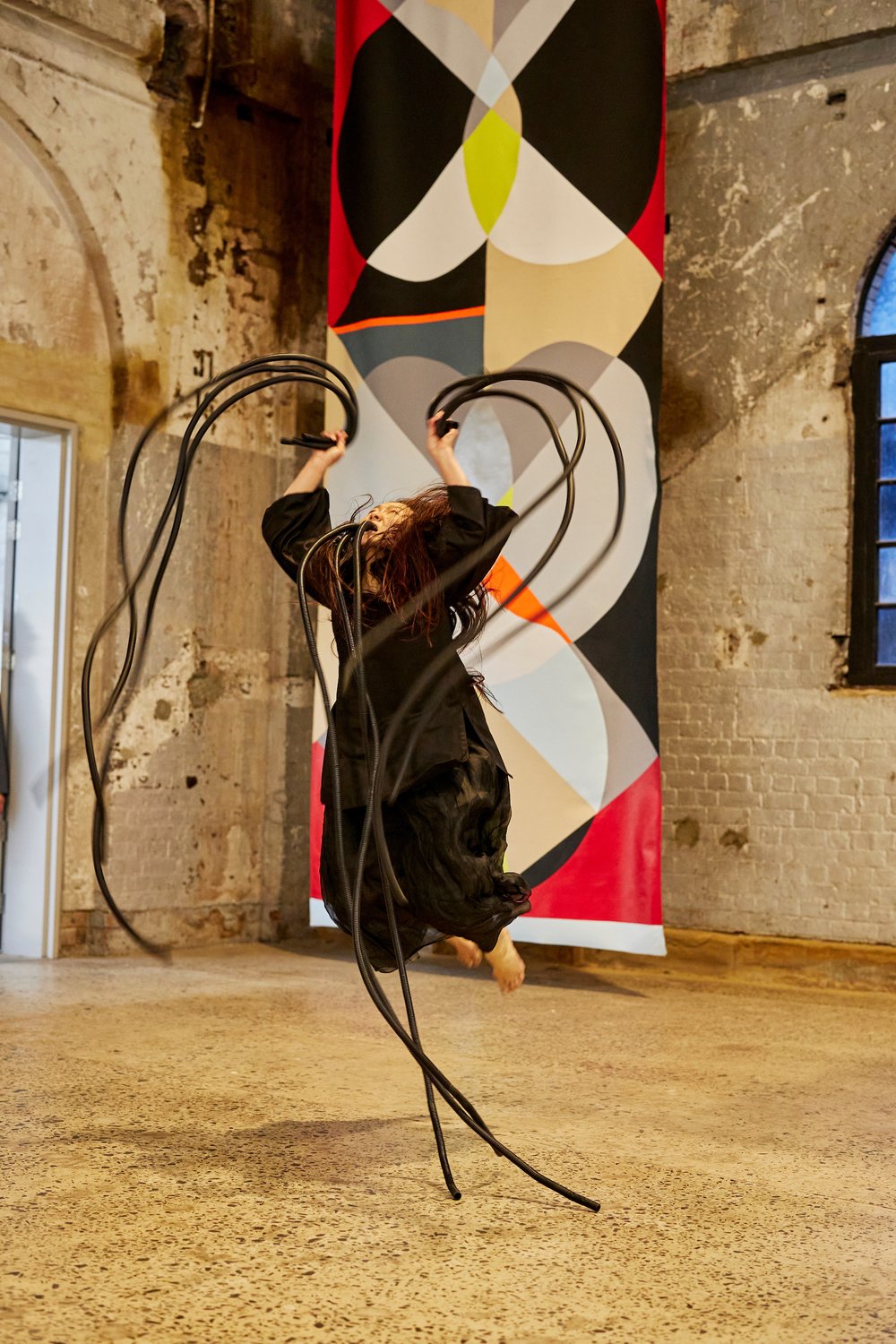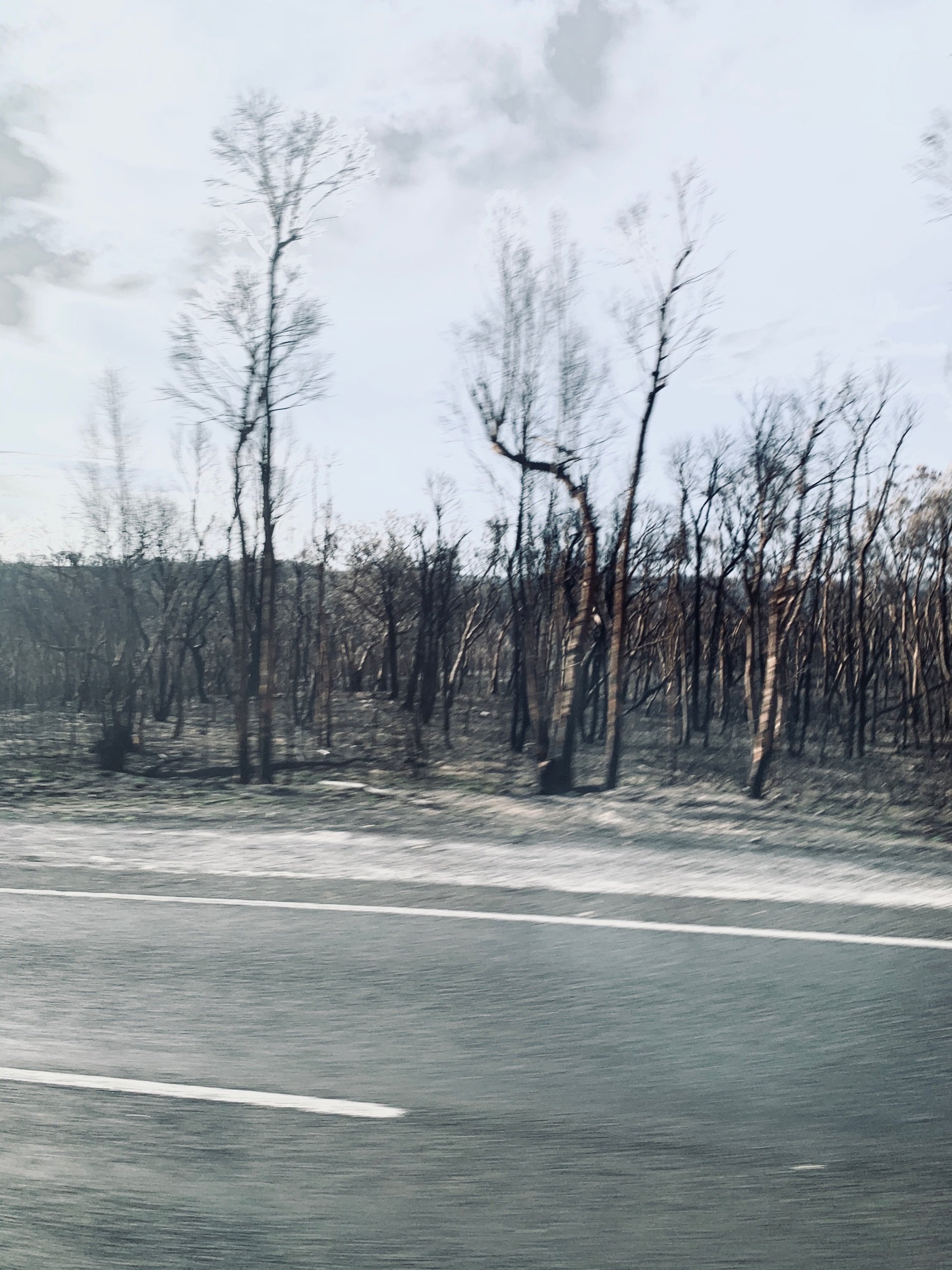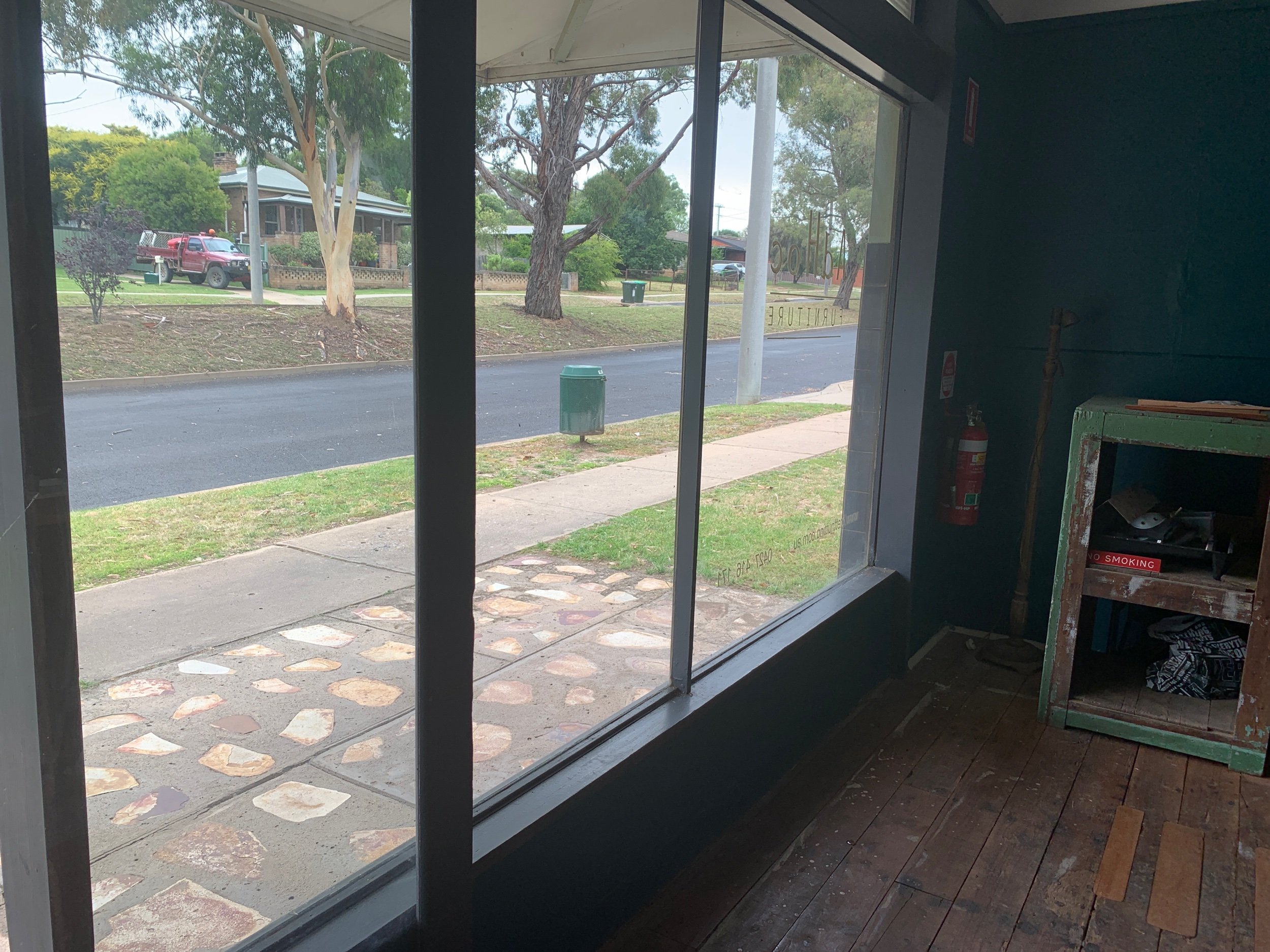Dying - Differently, Possibly
A Sociocultural Landscape Residency for Cementa Festival
Kandos 2020 to 19-22 May 2022
The thinking that led to the process
“ I was affected by the documentary on ABC Arts about Cementa Festival and observed that the one persistent issue that will almost always remain, is the divide between contemporary art and its lack of functional practicality for most of the residents in Kandos and its surrounding area. The purpose of art defies the comprehension of people who have had to (for many generations) work very hard, holding down more than one job, and are often time-poor. In the context of a greater socio-economic structure that does not support most artists to break even unless you make it to the very top, art-related activities tend to follow AFTER one can sustain a livelihood. It is not exactly considered to be intertwined with livelihood. So how does one bridge the values that have arisen out of necessity, and the other set of values that are motivated either as a living form of social resistance and/or questions who we are and how we exist? How can a material artwork or performance relate to the lives of people who may consider art to be superfluous and NOT an act of neccesity?
It made me consider yet again, how the connections that are often understood, are felt through a shared suffering. Perhaps it is about the search for the enduring elements in life, that can intersect differences in values, socio-cultural upbringing and beliefs…perhaps…
For the sake of brevity
…in the greater scheme of life, we will all expire and this finiteness of life could be the gift of solidarity in people, if not in all things living; it is an equaliser. To begin with one conversation about death and dying with a resident was my hope, and then to allow the phenomenon of events to unfold from there… “
another thought
…harnessing the context of art to create imaginative social situations that hover between the mundane and the significant; as a social tool; I am developing a temporary/temporal social experience that is not necessarily visible, and directly asked of people on an everyday level.
The idea in relation to my practice
I draw inspiration from the premise that human living is performed and performative; to activate this process through the vocal-body and its memory, contextualised within its geocultural history. As an open-disciplinary performance deviser and vocalist since 1999, I expanded into the discipline of spatial-body relationship through choreography, via BodyWeather and Pancha Tanmantra 5 Element principles. In 2010, I began formalising a spirit-corporeal vocabulary generated through contemplation on mortality and spirit, fragility and the unseen world. Building a line of inquiry through research residencies and witnessing of rituals, whilst devising for locations across Indonesia, Malaysia, Japan and Thailand, I secured a research grant which led me to female shamanry communities in Sabah (Malaysia) and Hanoi (Vietnam). This culminated in a 2018 participatory performance-installation, The Subtle Beings.
Increasingly, I include participatory and/or material installation to capture the traces, the aftermath of a performance. Much of my solo and participatory works are inspired by witnessed and imagined rituals, imagery-work, and objects distilled into a contemporary performance structure. I then use these as frameworks to explore the subject matter of mortality and spirit, fragility and the unseen world.
Notes when sitting in at a CWA Kandos meeting
“…WeiZen’s initial plan is to incorporate local residents into a work that highlights their personal one-to-one interactions with the artist by making them visible, but not audible to the audience waiting on the other side of shop windows. This association of the inaudible with the private, and the visual with the public, in the context of the familiar ’ritual‘ of waiting in queues, seems an appropriate project for Cementa’s situation in Kandos. On the other hand it is also a development from WeiZen’s earlier work that focused on rituals that are less familiar to most Australian audiences, which are the possession rituals of her Chinese diaspora heritage and from other cultures in her South East Asian home region…”














